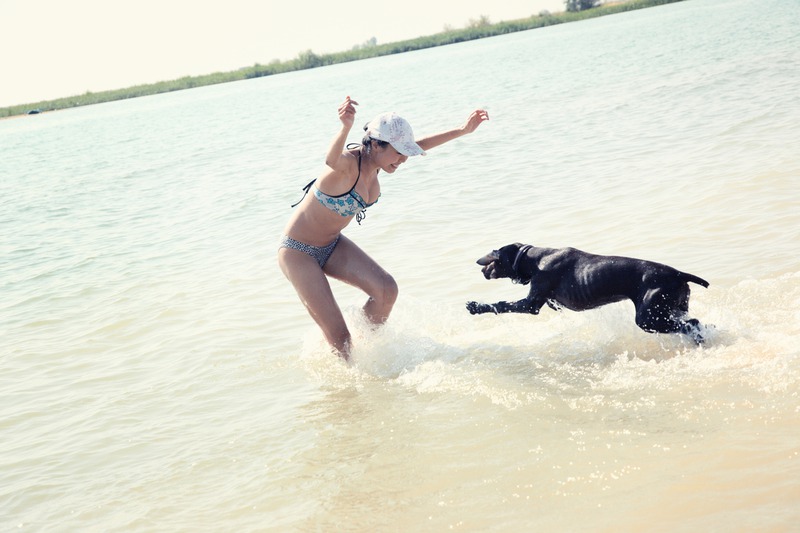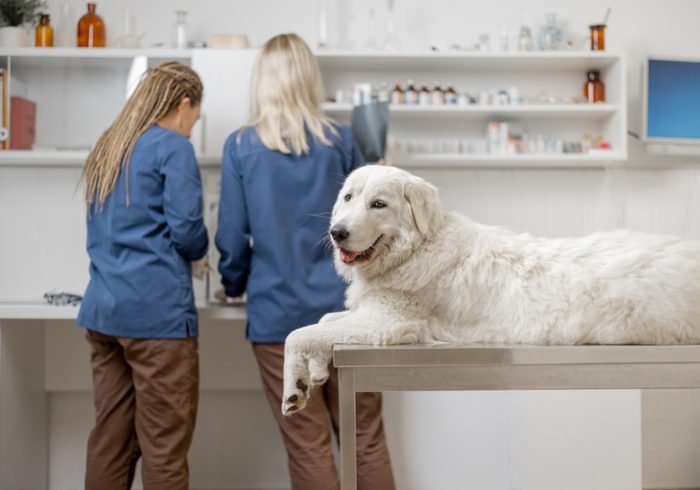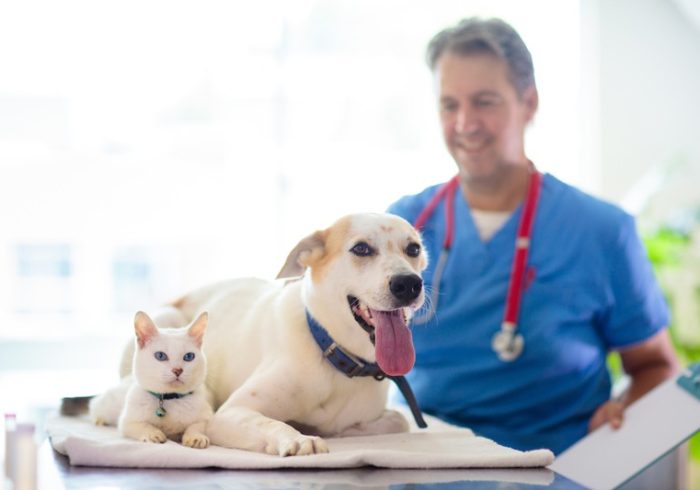As pet owners, ensuring the health and well-being of our furry friends is one of our primary responsibilities. Animals can’t express their discomfort or pain as humans do, so it’s critical to recognize the signs that suggest they need professional veterinary care. Knowing these signs can foster a timely response and potentially life-saving intervention.
1. Unusual Eating Habits
A change in appetite is often the first indicator that your pet may not be feeling well. If your dog or cat has stopped eating for more than two days, or if your pet is eating significantly more or less than usual, it’s time to consult with a veterinarian. Sudden weight loss or gain should also be taken seriously, as it could denote a variety of health issues.
2. Excessive Drinking or Urination
If you’re filling the water bowl more frequently or noticing increased urination, this could be a sign of diabetes or kidney disease. Both conditions require early detection and management thus a professional evaluation is recommended to address these symptoms promptly.
3. Uncharacteristic Lethargy
While it’s normal for pets to have lazy days, a persistent lack of energy could be concerning. If your usually playful pet is constantly lethargic and seems disinterested in regular activities, this could be a sign of underlying health issues that need to be checked.
4. Noticeable Changes in Behavior
Behavioral changes may indicate that your pet is in discomfort or pain. Aggression, restlessness, withdrawal, or any abnormal behavior warrants a trip to the vet to rule out medical problems or injuries.
5. Trouble Breathing
Difficulty breathing, coughing, or choking can be signs of heart and lung issues or even foreign objects stuck in the throat. Time is essential in such situations, and immediate veterinary attention can be critical.
6. Persistent Vomiting or Diarrhea
Ongoing digestive issues not only lead to dehydration but could also be symptomatic of infections, parasites, or other serious conditions. If these symptoms persist for more than a day, it’s advisable to see a vet.
7. Visible Discomfort or Pain
If your pet is limping, sensitive to touch, or making pain-related noises, it’s clear they require an evaluation. Pain management is crucial to your pet’s quality of life; hence, do not delay the vet visit.
Even if you are unsure, it is always better to be safe and get your pet evaluated by a professional. Facilities such as those providing dog boarding in Milledgeview, GA, often observe pets closely and may notice health issues that busy owners can miss. Trust your instincts; if you suspect something is off with your pet, do not hesitate to contact your veterinarian promptly.
8. Skin and Coat Problems
When your pet often scratches, licks, or bites their skin more than usual, it might mean they have a skin problem. Sometimes, you can see that the skin is red, or you might notice spots with no fur. Pets can also get bumps, or you might see parts that are swollen. These problems can come from allergies to germs or might even be a sign of something more serious. When you see these signs, it’s time to get help from a vet.
Common Signs Your Pet May Have Skin Issues
-
Too Much Scratching or Licking: If your pet is scratching a lot or seems to be licking or chewing their skin too much, it is often a clear sign that something isn’t right with their skin.
-
Changes in the Skin’s Appearance: Keep an eye out for any red areas, spots where hair is missing, or any new lumps on your pet’s skin. These can all mean your pet has a skin issue.
-
Visible Bumps and Swelling: Any new bump or swollen area on your pet’s skin is a reason to check in with the vet. Bumps can be a sign of many different skin issues.
Skin problems can make your pet very uncomfortable. They can also get worse or lead to more health problems if not taken care of. If you see signs that your pet has a skin issue, they should see a vet. The vet can figure out what’s causing the problem and how to treat it.
Getting Professional Care for Your Pet’s Skin Health
-
Finding the Cause: A vet can look at your pet’s skin closely to find out why they are having problems. They might take samples or do tests to learn more.
-
Starting Treatment: After figuring out what’s wrong, the vet can choose the best treatment for your pet. This might be medicine, special baths, or changes to their home or food.
Meanwhile, oral issues can often go unnoticed but are a common health problem in pets. Bad breath, difficulty eating, and red or swollen gums are potential signs of dental disease. Effective pet dental health in Milledgeville, GA practices, including regular check-ups, can prevent severe dental health issues from arising.
9. Unexplained Wounds or Bleeding
Open wounds, blood in urine or feces, or frequent nosebleeds are concerning signs. They can point towards accidents, internal problems, or clotting disorders that require immediate veterinary examination.
10. Seizure Activity
Seizures manifest as uncontrollable shaking and are symptomatic of neurological disorders. If you witness your pet having a seizure, seek veterinary care as soon as possible to diagnose and treat the underlying cause.
Always keep an eye on the latest veterinary advancements that could benefit your pet in times of need. Treatments like cold laser therapy can assist with pain relief and healing. For more on such innovative care options, you can read more info through trusted veterinary resources.
Wrapping Up
Being attentive to your pet’s normal behavior and daily routines is essential. Subtle changes may be the only hint your pet gives that they are not feeling well.Timely veterinary care can make a significant difference in your pet’s health and well-being.





